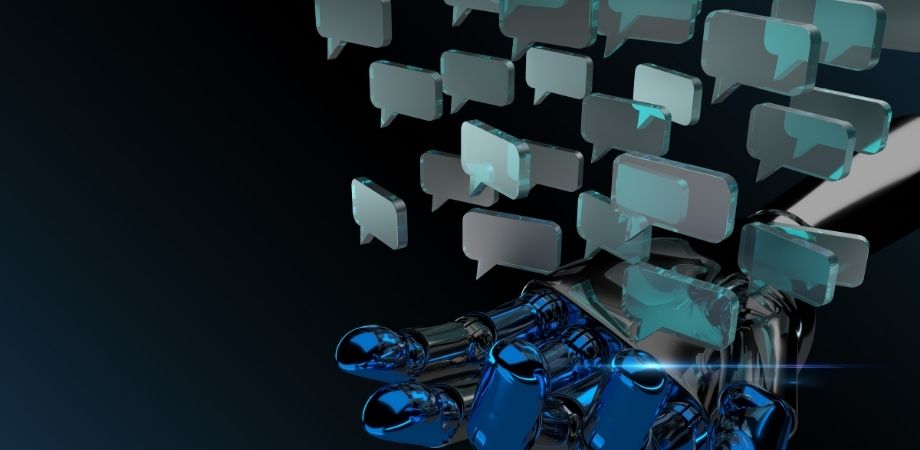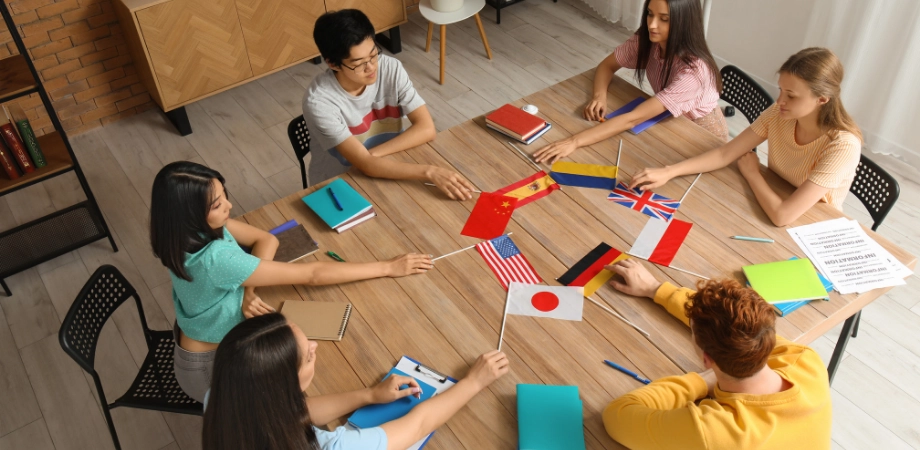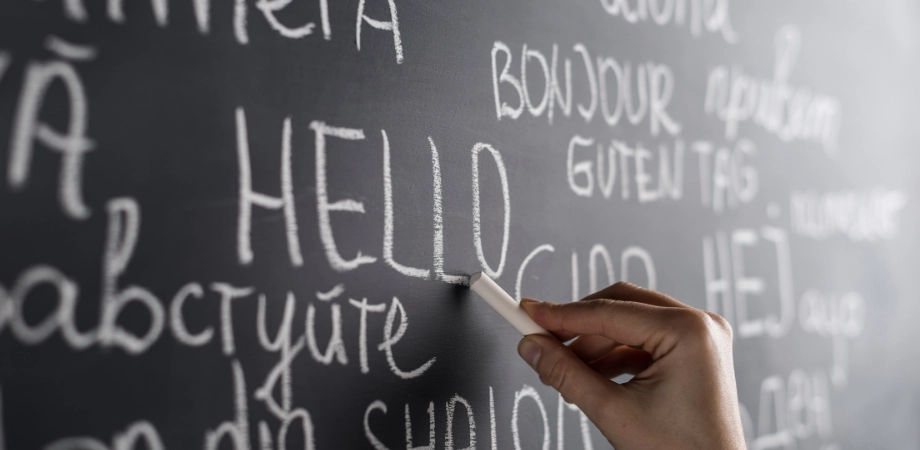The continuously evolving technology in machine translation highlights the prominence of artificial intelligence chatbots like ChatGPT for translation tools. ChatGPT, trained on a vast corpus of texts in various languages, offers a more flexible and unique translation experience compared to traditional translation tools. However, utilizing ChatGPT to its full potential requires a creative approach. In this guide, we will explore the potential of ChatGPT in translation processes, and its technological foundation, and compare it with machine translation providers. Focusing on how it compares with free translation providers, we will explain how to evaluate and enhance ChatGPT’s translations. In conclusion, we will provide recommendations on how effective ChatGPT can be in your translation projects and when other translation tools might be more suitable. Is ChatGPT for translation heralding a new era in the translation industry?
Why Use ChatGPT for Translation?

There are different pioneering services in the field of machine translation such as Google Translate, Microsoft Translator, and DeepL. However, new-generation translation tools such as ChatGPT stand out with their interactive structure. Other translation tools usually work one way; text is entered, and the translation is received, but it is difficult to customize this translation.
ChatGPT allows users to personalize translations and provide feedback. This sets it apart from other translation tools, especially in details such as tone, style, and cultural nuances. Other purpose-driven translation tools do not give users the flexibility to make such customizations.
Furthermore, ChatGPT is not only useful for translation but can also assist in the process of learning a new language. Traditional machine translation technology has advantages such as speed, cost, accessibility, consistency, and continuous availability. However, AI-based translation tools such as ChatGPT can produce more flexible and personalized translations using natural language processing algorithms.
How Accurate Is ChatGPT for Translation?
Developing artificial intelligence technology reveals the potential of language models in translation. In this context, how successful is ChatGPT, developed by OpenAI, in language translation? To make an assessment of ChatGPT for translation capabilities:
ChatGPT can be used for translation operations. However, it may not reach the level of precision provided by specialized translation tools or professional translators. It may have limitations, especially for technical terms or translations in certain specialized fields. In addition, ChatGPT for translation has outdated data as its information cut-off date is 2021, and its ability to adapt to changes in language is limited.
GPT language models offer competitive translation quality in high-source languages but are limited to low-source languages. It has been stated that ChatGPT needs more data and explanations in order to perform better, especially in low-resource languages.
ChatGPT’s precision in text translation and its closeness to human translation stand out. However, there are limitations in recognizing special terms and the risk of distorting the tone of the language when you are using ChatGPT for translation.
Although ChatGPT for translation capabilities has several advantages, users need to be careful, especially when working with language-specific terms or low-resource languages. ChatGPT can be used to create a first draft, but it is recommended to collaborate with a professional translator to ensure final quality.
How to Translate Languages with ChatGPT?

ChatGPT is an artificial intelligence tool that facilitates language translation for users. Using ChatGPT for translation is straightforward; you just need to provide the text you want to translate and specify the target language. Additionally, you can customize the outputs, create unique translation scenarios, and adjust various settings.
Users can effectively utilize ChatGPT for translation by creating an account on the OpenAI website and following the specified steps.
1. Provide context
One of the significant advantages of ChatGPT over other popular translation tools is its ability to accurately consider the context of the text when generating translations. This allows for obtaining more precise translations that reflect the intention of the author or speaker, rather than a word-for-word translation. Therefore, providing context while translating with ChatGPT is crucial.
The translation capabilities of ChatGPT have the potential to produce more accurate results by taking context into account. Emphasizing context when providing the source text can enhance the accuracy of the translation.
2. Declare the type of text
To enhance translation accuracy, specifying the type of text is an important factor that aids ChatGPT in understanding the correct context. Instead of a simple command like “[Translate the text] into [target language],” use more specific expressions such as “Translate the [Financial report | poem | song | proverb] into [target language]” provide clear information to ChatGPT.
Such expressions help ChatGPT use the relevant context by explicitly stating the type of text to be translated.
3. Use style transfer
When translating text, there is a risk that the translation may be too technical or not suitable for the target audience. Using style transfer in ChatGPT for translation can help adjust the tone and style of the translation to align with the target audience or industry. For example, when translating a football commentary, using style transfer can make the terminology more general and understandable.
By employing this method, the translation becomes more comprehensible to a broader audience while preserving the original meaning.
4. Account for regional differences
Certain words may have varied meanings based on the region or country of use. As an example, the sport known worldwide as “football” is referred to as “soccer” in the United States.
To guarantee a precise translation of a text containing words with varied meanings, you can add a line indicating the language of a specific country. This will help prevent errors and confusion by ensuring the translation aligns with the language used in that country.
5. Use summarized translation
Sometimes, instead of reading long texts entirely, we prefer to grasp the main topic. While tools like Google Translate and Microsoft Translate often struggle with providing such summaries, ChatGPT can offer a more flexible solution in this regard.
To get a summary of the text you want to translate from ChatGPT, you can use:
“Provide a summary in [target language] of this translated text: [text to be translated]”
or
“Summarize the translation of [text to be translated] in [target language].”
This way, the translated text will contain information about the main idea and message of the text, rather than a word-for-word translation.
6. Use a fine-tuned instance of ChatGPT
ChatGPT allows you to fine-tune translations using various methods. For example, you can update ChatGPT for translation by providing specific word or text translation pairs. This is particularly useful for correcting specific language features or resolving nuances in meaning.
Additionally, you can ask ChatGPT to translate similar language pairs based on verified translations, enhancing the accuracy of translations.
7. Use custom instructions for consistency in translations
The Custom Instructions feature of ChatGPT allows you to specify your translation style once and apply it automatically in all future conversations. This feature eliminates the need to provide translation instructions each time, enhancing the user experience.
Especially useful when using unique or language-specific words, this feature can accelerate ChatGPT’s language translation efforts.
8. Replicate linguistic form
The ability of ChatGPT to replicate linguistic forms gives it an edge over traditional translation tools. Particularly in entertaining texts, the choice of words and expressions involves more than just using different terms in another language; it also encompasses preserving the creative elements of the original language to maintain the entertainment value.
In this way, by preserving linguistic techniques such as wordplay and rhyme in translations, ChatGPT can sustain the entertainment value of the text.
Don’t Rely Solely on Machine Translation
There are several approaches to translation projects. Pure human translation is slow but reliable, while machine translation is fast and economical but has some limitations in terms of quality. To achieve the best results, you can start with machine translation and then have it reviewed by a human translator. This process ensures linguistic quality assurance and ensures that the content is accurate, appropriately toned, and culturally appropriate.



